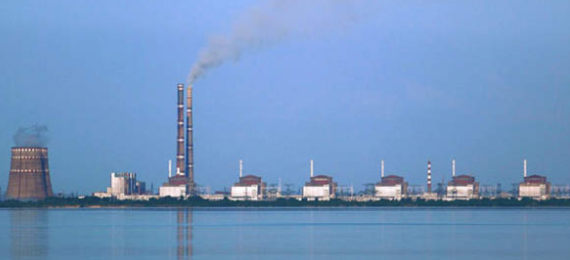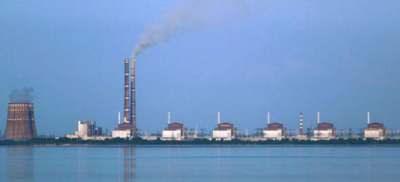The International Atomic Energy Agency (IAEA) experts requested access today, Sunday, to a site near the Zaporizhzhia Nuclear Power Plant to clarify the significant discrepancies in measurements of the reservoir's water level that provides cooling water for the six facilities. According to a statement on the agency's official website by Director General of Reactors and Spent Fuel Storage Rafael Mariano Grossi, the water level in the Kakhovka Reservoir has rapidly decreased since the dam upstream was severely damaged five days ago.
Grossi stated, "As of 9 AM local time today, the IAEA estimated the water level to be 11.27 meters, down from approximately 17 meters before the dam was breached." This discrepancy in measured levels could be due to an isolated water body separated from the larger body of the reservoir. Grossi added, "But we will not be able to know the situation until we can access the thermal power plant."
Both the cooling pond and drainage channel are integral to the continued supply of cooling water, and the Director General reiterated that maintaining their integrity is vital for the safety of the plant. The thermal power plant plays a crucial role in the safety and security of the nuclear power station located just a few kilometers away.
Grossi, who will travel to Kyiv and the plant next week, confirmed that the IAEA also requires access to the electrical switching yard, which in the past provided backup power. The largest nuclear power plant in Europe now fully relies on a single remaining 750 kilovolt power line for off-site electricity, which has been cut repeatedly since the onset of military conflict in February 2022.
Although the Zaporizhzhia plant has not produced electricity for several months, it still requires access to water and power for cooling and other essential safety and security functions to avoid the potential risk of fuel degradation and the release of radioactive materials. Currently, five reactors at the Zaporizhzhia plant are in cold shutdown, while the sixth unit remains in hot shutdown to produce steam that supports safety-related operations. The plant is exploring the possibility of installing an independent steam boiler that would also allow Unit 5 to enter cold shutdown while continuing to supply steam to the site.




